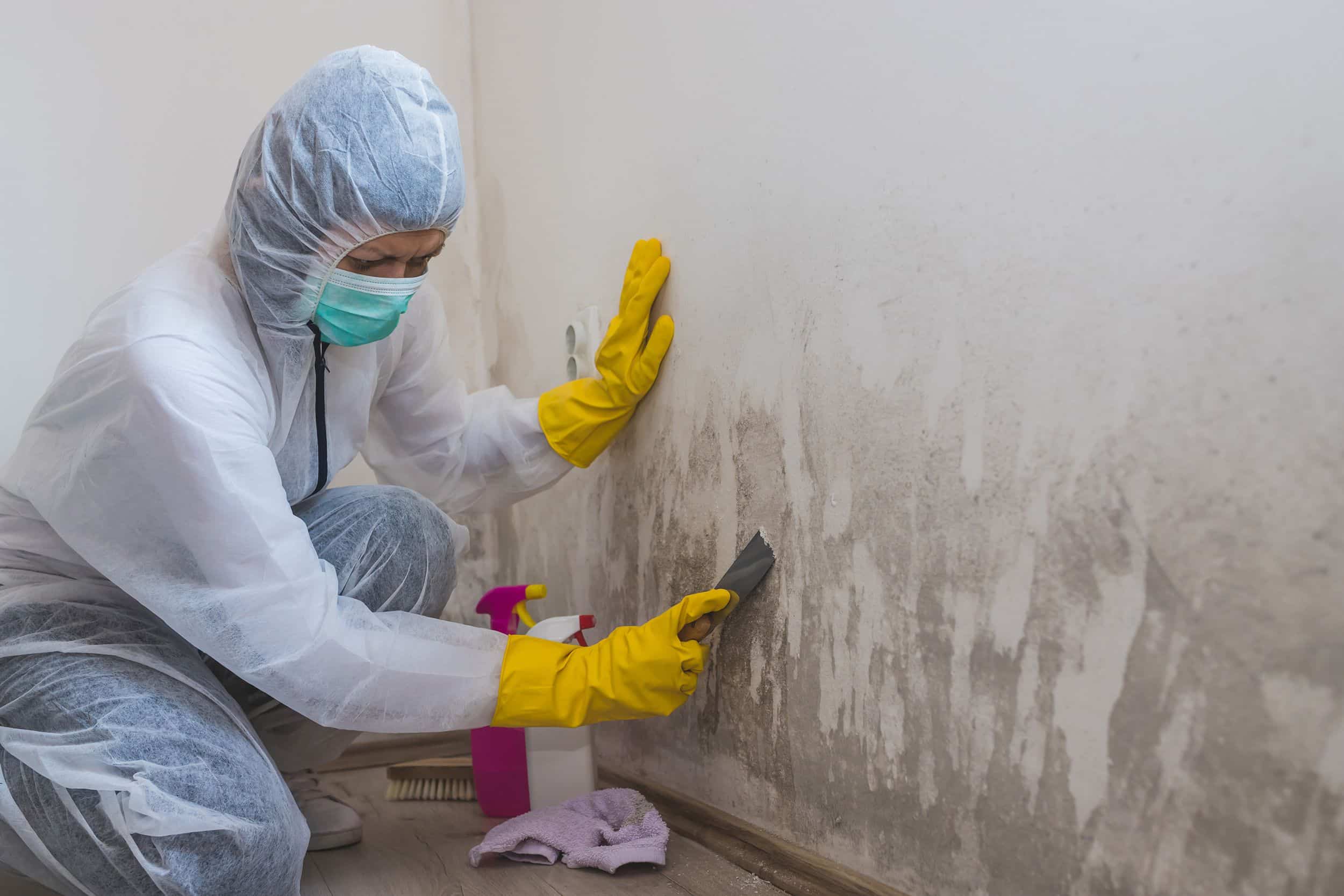Advice on What to Do After Mold Remediation
Advice on What to Do After Mold Remediation
Blog Article
Professional Tips for Blog Post Mold Removal Success
In the realm of mold and mildew removal, successfully eradicating mold is just half the fight; the real challenge exists in preventing its reappearance. By adhering to skilled suggestions and best techniques, individuals can guard their rooms against mold and mildew revival and keep a healthy interior environment.
Monitor Moisture Levels Frequently
After finishing mold removal treatments, maintaining optimum moisture levels is vital to prevent mold re-growth and ensure a healthy and balanced indoor atmosphere. High moisture degrees over 60% create a favorable setting for mold to grow, making routine monitoring a proactive action to prevent any kind of future mold issues.
Utilizing hygrometers or wetness meters can assist in properly determining moisture degrees in different areas of the property. These devices provide real-time data that makes it possible for removal professionals to make enlightened decisions pertaining to air flow, dehumidification, and various other essential actions to preserve excellent moisture levels post-remediation. Additionally, developing a regular timetable for moisture checks, particularly in risky areas such as kitchen areas, restrooms, and cellars, is a proactive method to mold and mildew avoidance. By constantly monitoring humidity degrees, homeowner can properly reduce the danger of mold reoccurrence and maintain a healthy indoor environment post-remediation.
Conduct Thorough Inspections Post-Remediation
Following the completion of mold and mildew removal procedures, it is imperative to perform thorough assessments to confirm the performance of the removal procedure. These post-remediation examinations are critical in ensuring that the mold problem has actually been successfully attended to and that there is no reappearance or staying mold development. Examinations need to be executed by certified experts who have competence in recognizing mold and analyzing interior air top quality.
Throughout these evaluations, different approaches such as aesthetic assessments, air tasting, and surface tasting may be used to completely examine the remediated areas. Aesthetic analyses involve an in-depth evaluation of the properties to look for any kind of visible indications of mold development or water damages. Air sampling helps in determining the air-borne mold spore levels, while surface tasting can discover mold bits on surface areas.
Implement Proper Ventilation Strategies
After ensuring the performance of the mold and mildew removal process via comprehensive assessments, the next essential step is to focus on applying appropriate ventilation techniques. Ample ventilation is important in avoiding mold reoccurrence by regulating dampness degrees and advertising air blood circulation.
Proper ventilation not only aids in protecting against mold and mildew growth but likewise adds to the total wellness and convenience of residents. By making certain sufficient air flow throughout the building, you can reduce the danger of mold regrowth and develop a healthier living environment. Regular maintenance of air flow systems, consisting of cleansing and filter substitutes, is essential to sustaining reliable air flow. Consulting with cooling and heating professionals can supply more understandings right into optimizing ventilation methods for your particular residential property requirements.

Usage Mold-Resistant Materials for Repairs
To enhance the long-term effectiveness of mold remediation initiatives, integrating mold-resistant products for repair work is critical in reducing the threat of future mold and mildew growth. Mold-resistant materials are created to hold up against dampness and prevent mold growth, making them an important choice for areas vulnerable to dampness and humidity. When repairing areas affected by mold and mildew, utilizing products such as mold-resistant drywall, mold-resistant paints, and mold-resistant caulking can assist protect against mold and mildew recurrence.
Mold-resistant drywall is an excellent option to conventional drywall in locations like washrooms and basements where moisture degrees are greater. When revealed to damp conditions, this type of drywall has a special finishing that stands up to mold development also. Furthermore, using mold-resistant paints consisting of antimicrobial representatives can further hinder mold development on walls and ceilings.
In areas where wetness prevails, such as restrooms and kitchen areas, using mold-resistant caulking around sinks, home windows, and tubs can assist seal out water and prevent mold this article from taking hold in splits his comment is here and holes. By purchasing these mold-resistant materials throughout repair services post-remediation, you can dramatically minimize the probability of future mold concerns and maintain a healthier indoor environment.
Maintain Tidiness and Address Water Issues
After mold and mildew removal, it is critical to keep a tidy setting to avoid the regrowth of mold and mildew. Leakages, water breach, or high moisture degrees can create the ideal breeding ground for mold and mildew, so it is critical to take care of any water-related issues right away.
To preserve sanitation, think about using HEPA filters in vacuums and air purifiers to catch mold spores and avoid their flow airborne. Guaranteeing correct ventilation in areas susceptible to moisture buildup, such as cooking areas and shower rooms, can help maintain moisture degrees in check. By remaining cautious regarding cleanliness and addressing water problems quickly, you can successfully protect against mold and mildew reinfestation and maintain a healthy interior setting.
Conclusion

In the realm of visit the site mold and mildew removal, successfully getting rid of mold and mildew is only half the battle; the real challenge lies in preventing its reappearance. After finishing mold remediation treatments, maintaining ideal moisture degrees is essential to stop mold re-growth and ensure a healthy and balanced interior environment. High moisture levels over 60% create a helpful environment for mold to thrive, making normal keeping track of a proactive procedure to prevent any type of future mold issues.
To boost the long-lasting performance of mold and mildew remediation initiatives, integrating mold-resistant materials for fixings is important in minimizing the threat of future mold development. After mold remediation, it is crucial to preserve a tidy setting to protect against the regrowth of mold and mildew.
Report this page